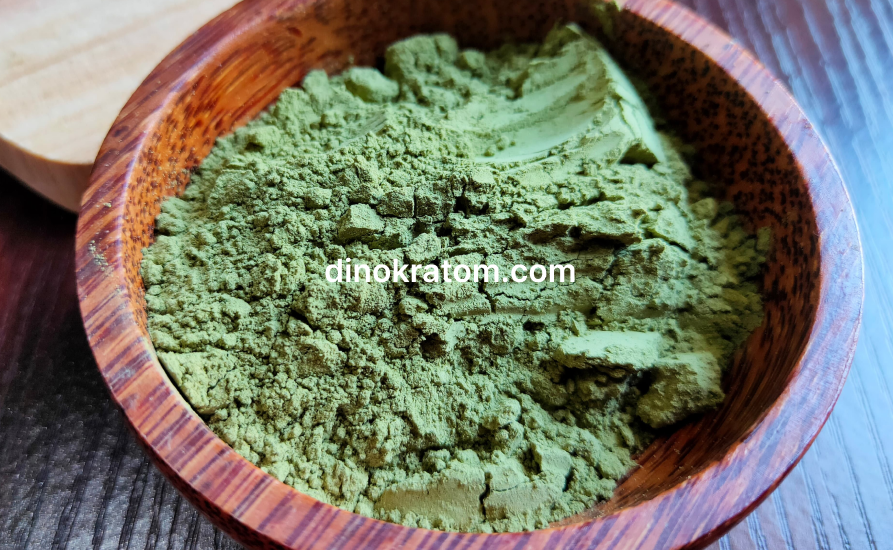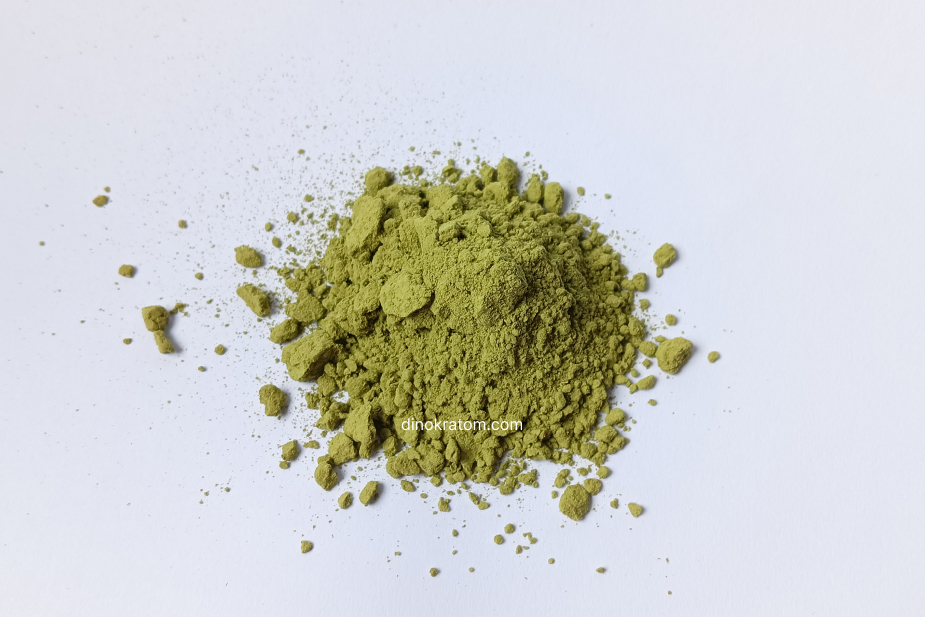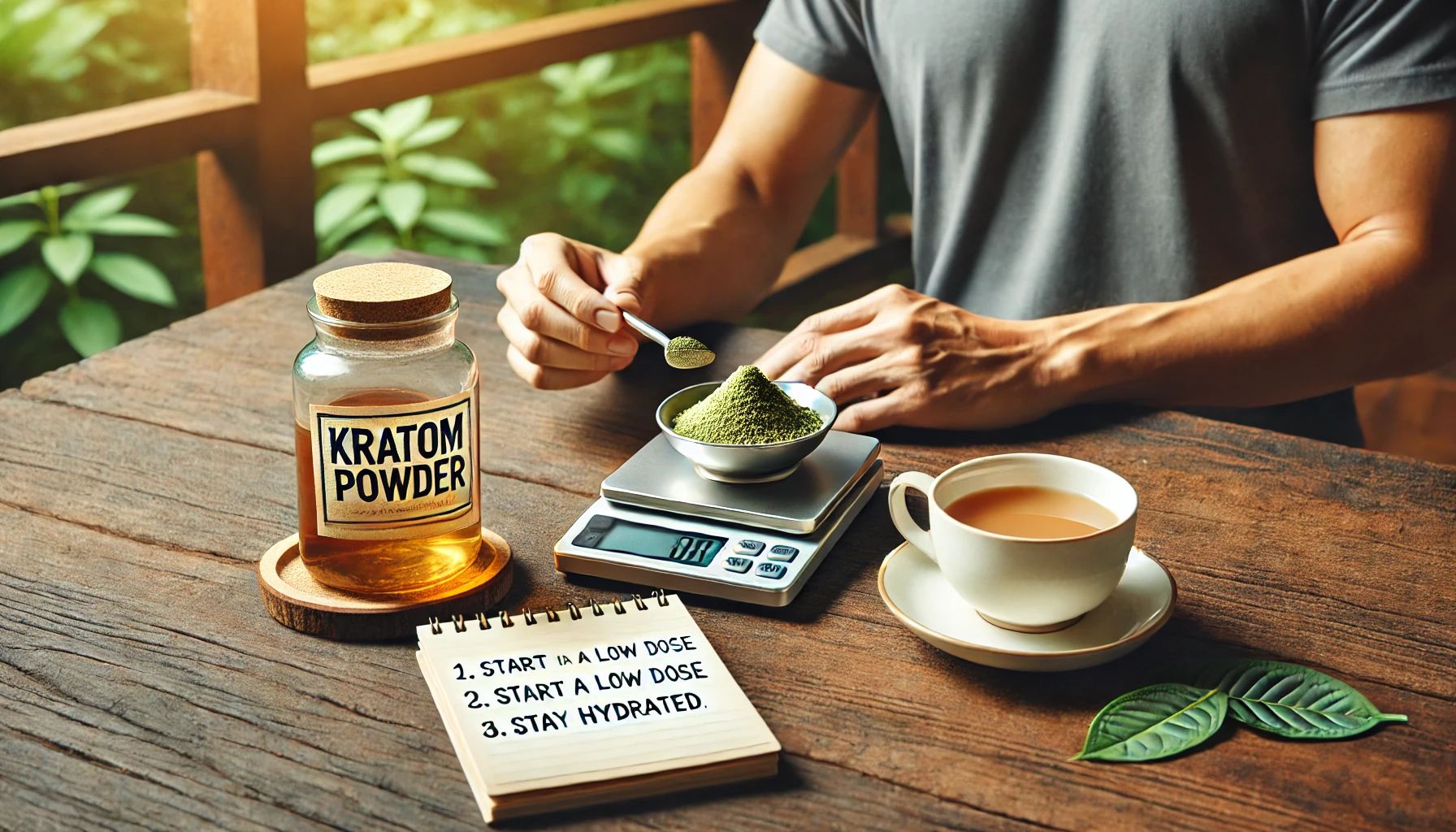Managing Anxiety with Kratom: A Complete Guide
Anxiety can be a relentless burden, affecting every aspect of your life. If you've been grappling with it, you're not alone. Many are turning to natural remedies, like kratom, to find relief. But what is kratom, and how can it help with anxiety? Let's dive into this comprehensive guide to understand how you can manage anxiety with kratom.
Understanding Anxiety
What is Anxiety?
Anxiety is more than just feeling stressed or worried. It's a condition that can cause intense, excessive, and prolonged worry and fear about everyday situations. It often involves rapid heart rate, sweating, and feelings of dread.
Common Symptoms of Anxiety
- Persistent worrying
- Restlessness
- Fatigue
- Difficulty concentrating
- Irritability
- Sleep disturbances
How Anxiety Affects Daily Life
Living with anxiety can make simple tasks seem daunting. It can impact your work, relationships, and overall quality of life. Finding effective ways to manage it is crucial for well-being.
What is Kratom?
Origin and History of Kratom
Kratom (Mitragyna speciosa) is a tropical tree native to Southeast Asia. Traditionally, its leaves were chewed or brewed into tea by indigenous people for their stimulating and pain-relieving properties.
Different Strains of Kratom
Kratom comes in various strains, each with unique effects. The three main types are red, green, and white strains, categorized by the color of the veins in the leaves.
How Kratom Works for Anxiety
Active Compounds in Kratom
Kratom leaves contain active compounds called alkaloids, primarily mitragynine and 7-hydroxymitragynine, which interact with opioid receptors in the brain.
Mechanism of Action in the Brain
These alkaloids can produce both stimulant and sedative effects, depending on the dose. For anxiety, lower doses can provide a calming effect, while higher doses may be more sedative.
Choosing the Right Kratom Strain for Anxiety
Red Strains: Benefits and Effects
Red strains are known for their calming and sedative properties, making them ideal for anxiety relief and relaxation.
Green Strains: Benefits and Effects
Green strains offer a balance of energy and calmness, suitable for daytime use without causing drowsiness.
White Strains: Benefits and Effects
White strains are more stimulating and are generally not recommended for anxiety but can be beneficial for those needing a mood boost.
Dosage Guidelines for Anxiety Relief
Recommended Starting Doses
For beginners, starting with 1-2 grams of kratom is advised to gauge tolerance and effect.
Adjusting the Dosage for Individual Needs
Gradually increase the dose by 0.5 grams if needed, but avoid exceeding 5 grams to prevent adverse effects.
Potential Side Effects and How to Manage Them
Common side effects include nausea, dizziness, and constipation. Staying hydrated and starting with lower doses can help mitigate these.
Methods of Consuming Kratom
Kratom Powder
The most common form, kratom powder, can be mixed with water or juice.
Kratom Capsules
Capsules offer a convenient, mess-free option for kratom consumption.
Kratom Tea
Brewing kratom tea is another popular method, often preferred for its ease on the stomach.
Potential Benefits of Using Kratom for Anxiety
Immediate Relief vs. Long-Term Effects
Kratom can provide immediate relief from anxiety symptoms. However, its long-term effects and benefits need more research.
Comparison with Conventional Medications
Kratom is a natural alternative to pharmaceutical drugs, often preferred due to fewer side effects and lower risk of dependency.
Possible Side Effects and Risks
Common Side Effects
- Nausea
- Dizziness
- Dry mouth
How to Minimize Risks
Start with small doses, stay hydrated, and take breaks to avoid building tolerance.
Long-Term Safety Considerations
Long-term use can lead to dependency and withdrawal symptoms. Moderation and mindful use are key.
Combining Kratom with Other Treatments
Using Kratom Alongside Therapy
Combining kratom with cognitive-behavioral therapy (CBT) or other therapeutic practices can enhance overall anxiety management.
Combining Kratom with Other Natural Remedies
Herbs like valerian root, chamomile, and lavender can complement kratom for anxiety relief.
Legal Considerations
Legal Status of Kratom Worldwide
Kratom's legal status varies globally. It's banned in some countries while legal in others, often with restrictions.
Understanding Local Regulations
Before purchasing or using kratom, check your local laws to ensure compliance.
Personal Stories and Testimonials
Anecdotes from Kratom Users
Many individuals have shared positive experiences with kratom for anxiety, highlighting its effectiveness and natural benefits.
Case Studies on Kratom and Anxiety
Case studies show promising results, though more scientific research is needed to fully validate these findings.
Tips for Safe and Effective Use
Best Practices for Kratom Use
- Start with a low dose
- Use quality kratom from reputable sources
- Avoid daily use to prevent tolerance
Avoiding Tolerance and Dependence
Rotate strains and take regular breaks to minimize the risk of tolerance and dependence.
Frequently Asked Questions (FAQs)
How quickly does kratom work for anxiety?
Kratom can start working within 15-30 minutes, providing quick relief from anxiety symptoms.
Can kratom be used every day?
It's best to avoid daily use to prevent tolerance and dependency. Use it as needed and take regular breaks.
Is kratom addictive?
Kratom can be addictive if used excessively. Moderation and mindful use are crucial.
What are the best strains for anxiety?
Red strains are generally considered the best for anxiety due to their calming effects.
Where can I buy quality kratom?
Look for reputable vendors with positive reviews and transparent sourcing practices.
Conclusion
Kratom offers a promising natural alternative for managing anxiety. By understanding its effects, choosing the right strain, and following safe usage guidelines, you can find relief and improve your quality of life. Remember to stay informed about the legal status and consult with a healthcare provider if you have any concerns.





